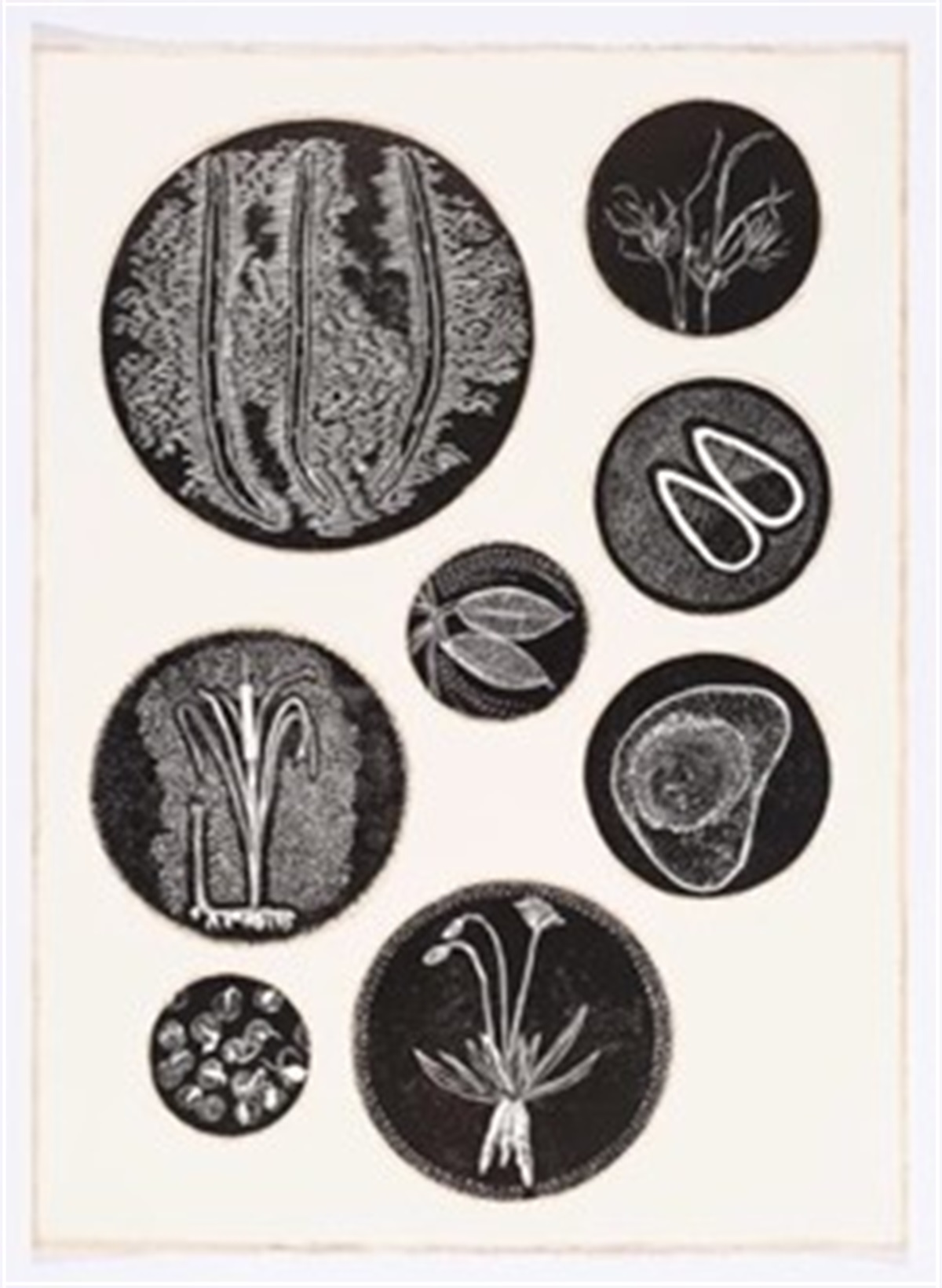They set a national approach to better protect road users, first responders, technicians and communities, including from direct contact with high-voltage live parts as well as battery electrolyte and compressed hydrogen leakage in the event of a crash involving these vehicles.
Electric vehicles have lower maintenance costs, fuel costs and CO2 emissions than internal combustion engine vehicles, while offering an improved driver experience, making them increasingly popular in Australia.
By moving to mandate these new safety requirements now, the Government is ensuring Australians can continue to increase uptake and reap the benefits of these vehicles while maintaining safety as the priority.
The new standards were called for by industry and follow extensive community consultation, which sought feedback on specific requirements included, their timing and which vehicles they apply to.
They are aligned with United Nations regulations, which ensures Australian consumers can access the safest vehicles from the global market at the lowest cost.
The safety-boosting standards will apply to electric and hydrogen-fuelled vehicles across the majority of road vehicle types, including cars, SUVs and buses, as well as utility and commercial vehicles.
The new standards, called Australian Design Rule (ADR) 109/00 and 109/01 – Electric powertrain safety requirements and ADR 110/00 – Hydrogen fuelled vehicle safety related performance, will be phased in over the coming years to ensure vehicle manufacturers have time to adapt their processes.
While vehicle manufacturers can meet these standards now, the first compulsory compliance dates will begin to take effect from November 2024.
The full ADRs are available at ADR 109/00, ADR 109/01 and ADR 110/00.







